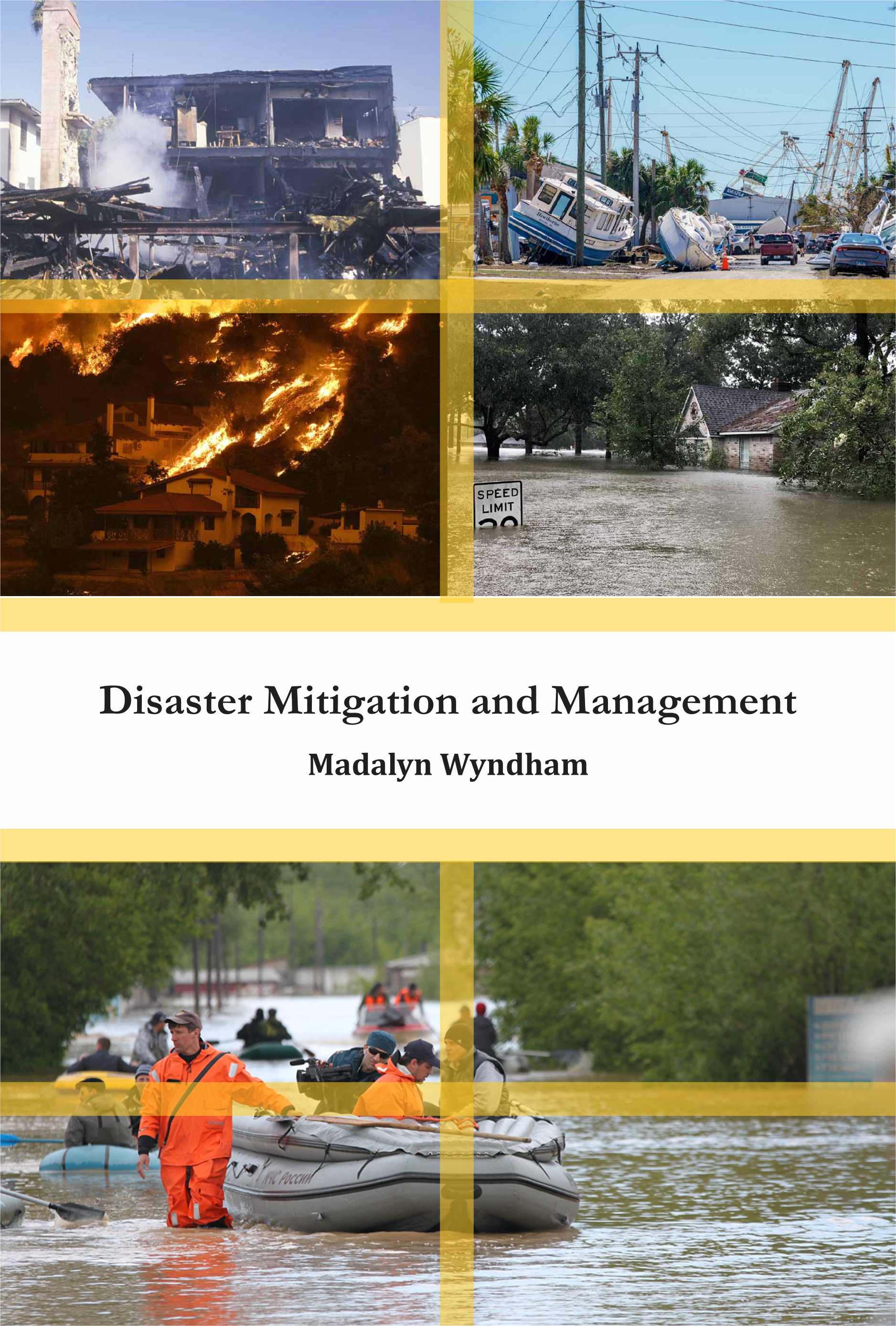Disaster Mitigation efforts attempt to prevent hazards from developing into disasters altogether, or to reduce the effects of disasters when they occur. The mitigation phase differs from the other phases because it focuses on long-term measures for reducing or eliminating risk. The implementation of mitigation strategies can be considered as part of the recovery process if applied after a disaster occurs. Disaster management is the discipline of dealing with and avoiding risks. It is a discipline that involves preparing for disaster before it occurs, disaster response, as well as supporting, and rebuilding society after natural or human-made disasters have occurred. In general, any disaster management is the continuous process by which all individuals, groups, and communities manage hazards in an effort to avoid or ameliorate the impact of disasters resulting from the hazard. Disaster can be defined as any occurrence, that causes damage, ecological disruption, loss of human life, deterioration of health and health services, on a scale sufficient to warrant an extraordinary response from outside the affected community or area. The damage caused by disasters is immeasurable and varies with the geographical location, climate and the type of the earth surface/degree of vulnerability. This influences the mental, socioeconomic, political and cultural state of the affected area. The present book takes a multidimensional approach to the discussion of disaster mitigation and management, which involves preparing, supporting and rebuilding society when disasters occur. It provides full-fledged discussion of the practices, processes, techniques, equipment and managerial strategies involved, both in pre-as well as post-disaster conditions. It will be a useful reference for students, practitioners and anyone interested in international humanitarian response and recovery.
Title : Disaster Mitigation and Management
- Author : Madalyn Wyndham
- ISBN : 9781995870403
- Binding : Paperback
- Price : $ 69.99
- Year : 2025
- Pages : 308
- Langauge : English
- Subject Category : Disaster Management



















